20+ SAMPLE Emergency Management Plan
-
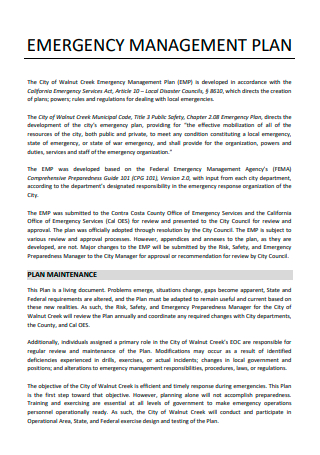
Emergency Management Plan Template
download now -
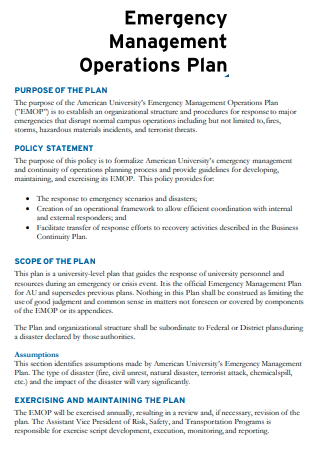
Emergency Management Operations Plan
download now -

Formal Emergency Management Plan
download now -
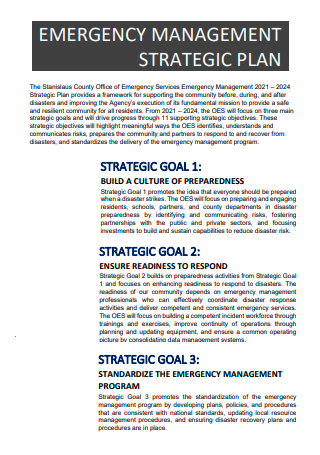
Emergency Management Strategic Plan
download now -
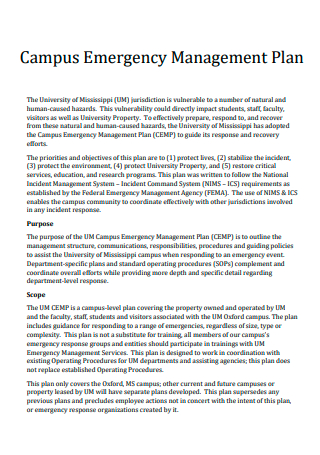
Campus Emergency Management Plan
download now -
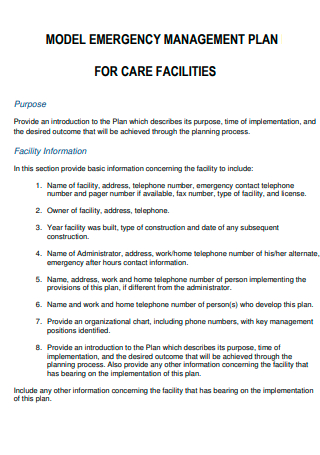
Model Emergency Management Plan
download now -
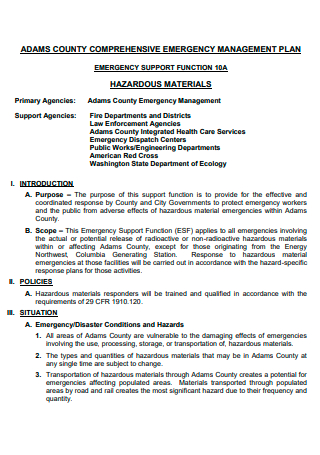
Comprehensive Emergency Management Plan
download now -
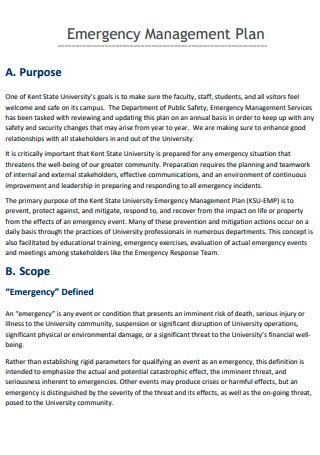
Basic Emergency Management Plan
download now -
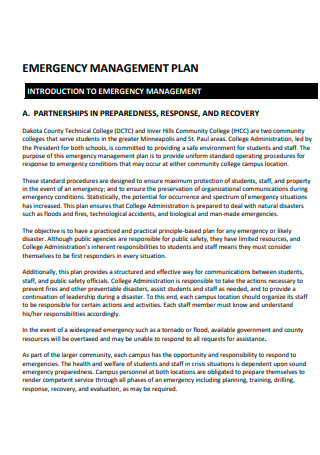
Printable Emergency Management Plan
download now -
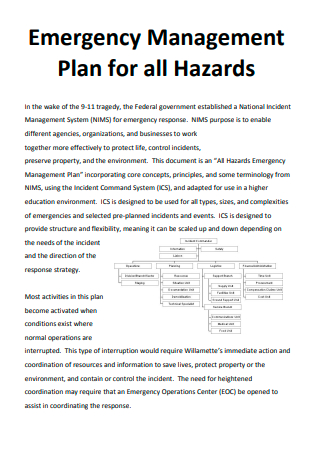
Emergency Management Plan For Hazards
download now -

Crisis and Emergency Management Plan
download now -
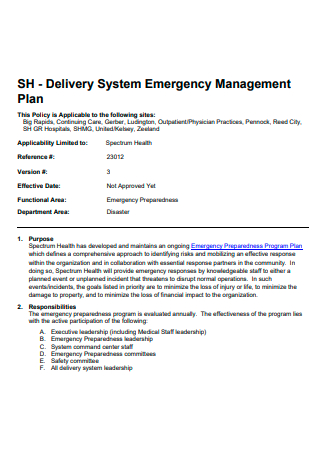
Delivery System Emergency Management Plan
download now -
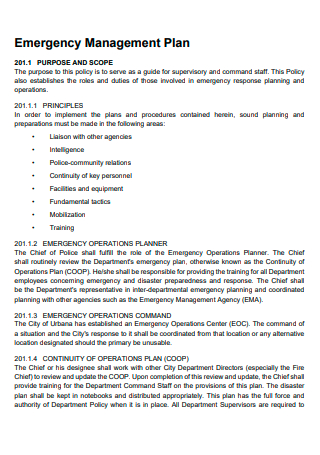
Emergency Management Plan in PDF
download now -
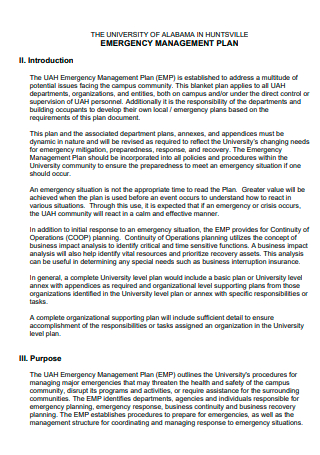
Emergency Management Plan Example
download now -

Community Health Center Emergency Management Plan
download now -
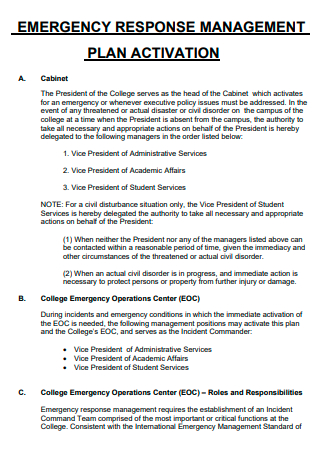
Emergency Response Management Plan Activation
download now -
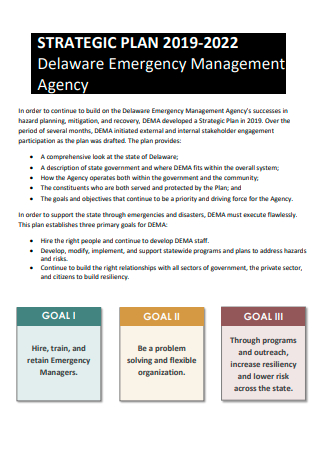
Emergency Management Agency Strategic Plan
download now -
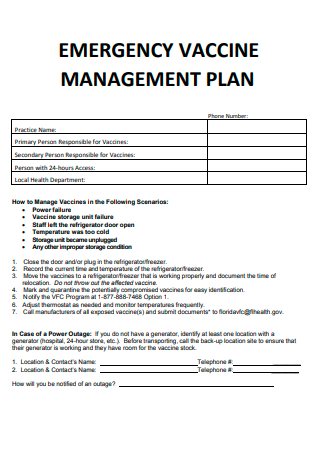
Emergency Vaccine Management Plan
download now -

Emergency Management Response Plan
download now -
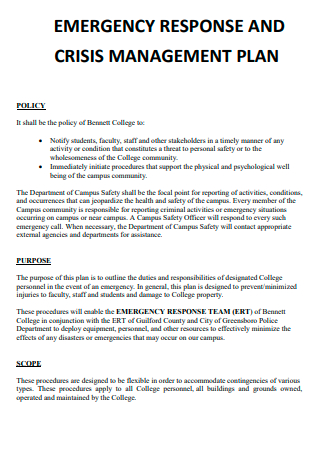
Emergency Response and Crisis Management Plan
download now -
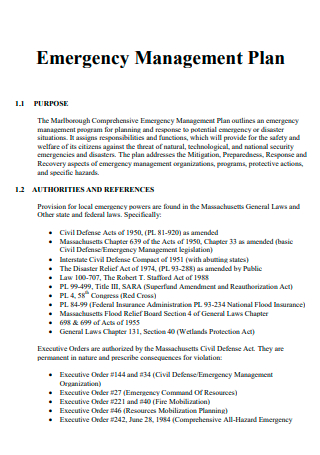
Standard Emergency Management Plan
download now
FREE Emergency Management Plan s to Download
20+ SAMPLE Emergency Management Plan
What is an Emergency Management Plan?
Different Types of Emergency Management Plans
Basic Components of an Emergency Management Plan
How to Write an Emergency Management Plan
FAQs
What are the fundamental elements of an emergency operation plan?
What are the major components of an emergency management plan?
Why is an emergency management plan important?
What are some examples of emergency management plans?
What is an Emergency Management Plan?
Also known as event emergency action plan, an emergency management plan is a clear, comprehensive and well-integrated written document which is commonly used for the implementation, and management of several emergencies and disasters such as earthquakes, floods, fires, hurricanes, landslides, power outages, tornadoes, tsunamis, and many others. It is an effective strategic management tool which helps various individuals, families, teams, professionals and other people to define the key components of an emergency management program which includes risk assessment, life safety protective actions, incident stabilization, weather or event emergency predictions, insurance and contract reviews and other financial considerations. As a roadmap for the development and management of emergency preparedness projects and programs, it facilitates logical planning in order to be successful in various crisis, emergency, and disaster preparedness management projects.
Deloitte stated in their report that many business firms and organizations have already experienced a crisis say the most important lessons they’ve learned or would do differently are doing more to identify crisis scenarios (34%), executing a more timely and robust communications plan (29%), and communicating more effectively with employees (29%). All individuals such as project managers, operational managers, supervisors, emergency and crisis managers and other professionals in all business firms and organizations need to prioritize emergency management because it guides all people to learn and use various crisis and disaster management strategies to be prepared when a crisis and emergency occurs. Thus, all kinds of project managers, operational managers, program managers, project supervisors, and other managers should effectively create a cohesive and well-coordinated emergency management plan.
Different Types of Emergency Management Plans
When it comes to saving lives and minimizing losses, effective emergency planning and accurate warning information combined with speedy response have proven instrumental in many areas of saving people and reducing losses due to crisis and disasters. You need to understand the different types of emergency management plans that you and other project managers, supervisors, and other individuals will use for ensuring the high level emergency management of their projects, activities and their people like the staff members and customers. Here we will explain to you about the different types of emergency management plans:
1. Business Emergency Management Strategic Plan
In order to support the business before, during and after disasters, it is essential to develop a business emergency management strategic plan or a company emergency action plan as it improves the execution of the executives and managers of their fundamental mission to provide a safe and resilient community for all their employees, customers and other people. It mainly focuses on primary strategic goals and objectives to drive progress in identifying, understanding, and communicating risks, preparing the community and partners to respond to and recovering from disasters, and standardizing the delivery of the emergency management program. So, businesses and organizations need to use a business emergency management strategic plan to build a culture of preparedness, ensure readiness to respond, and standardize the emergency management program.
2. Campus Emergency Management Plan
When an academic institution, a school or university is vulnerable to a number of natural and human-caused hazards, school supervisors and educators should create a well-integrated campus emergency management plan or school emergency action plan. It can guide the teachers, instructors and students, as well as the staff, faculty and visitors to be prepared in responding and recovering from different kinds of natural and human-caused hazards. Outline the major priorities and objectives of this plan which are to protect lives, stabilize the incident, protect the environment, protect the school property and restore critical services, education and research programs. Make sure that your campus emergency management plan follows the requirements of the National Management System – Incident Command System established by the Federal Emergency Management.
3. Crisis and Emergency Management Plan
Every community needs to prepare a crisis and emergency management plan in order to establish policies, procedures, guidelines, and organizational structure for responding to a crisis, major emergency, or disaster which could threaten the health and safety of the community, disrupt community programs and operations, and destroy other properties and assets. Writing this plan will address wide-ranging crises or emergencies which include explosions, fires, checmical or toxic spills, extended power outages, terrorism, violent acts, as well as severe weather events such as hurricanes, tornadoes, floods and others. While working on our crisis and emergency management plan, indicate the purpose, scope, authority, and overarching mission, and add emergency supply lists.
4. Emergency Vaccine Management Plan
Due to COVID-19 pandemic, many health and safety authorities around the world are managing their vaccines that will be distributed to their people. By using an emergency vaccine management plan, they are able to manage their vaccines in the following scenarios: power failure, vaccine shortage unit failure, staff leaving the refrigerator door open, too cold temperature, unplugged storage unit, and any other improper storage condition. Include these details which are the practice name, primary person responsible for vaccines, secondary person responsible for vaccines, person with 24-hours access, and the local health department.
Basic Components of an Emergency Management Plan
In this section, you will learn how to construct an integrated and professional emergency management plan. But you need to learn about the different kinds of components of an emergency management plan. Include the following elements for you to create a professional piece of writing:
Structure the methods and strategies that you and your team will carry out when crises or emergencies occur. Explain other tasks and activities that will ensure the safety of employees, customers, visitors and others.Conclusion/Summary:Create a summary of the main points of your emergency management plan. Then, incorporate the primary methods and strategies you will do before, during and after the emergency occurs, as well as the key points of your crisis and disaster preparedness program management plan.
How to Write an Emergency Management Plan
Based on a statistical report, only 23% of survey respondents felt that their various crisis and disaster management functions are well coordinated and well integrated. If you are struggling to write and develop a simple and systematic emergency management plan for your home, business, community and/or organization, we are glad to assist you in this matter when you follow some easy-to-follow tips below that indicate how to write a clear and structured emergency management plan:
1. Outline the Evacuation Procedures, Escape Routes and Floor Plans
People will either need to exit the building as quickly as possible or be prepared to navigate to a safer part of the building, depending on the type of emergency or disaster that will occur. You need to ensure that each person clearly knows and understands exactly where to go in the time of an emergency or disaster. Your emergency management plan must contain an up-to-date floor plan for the overall property as you include clearly marked evacuation routes and all emergency exits such as emergencies outside of the building, emergencies within the building and health emergencies.
2. Define Ways to Alert Staff and Visitors of When a Crisis or Emergency Arrives
Describe specific methods and ways on how you and your crisis and emergency management team will alert the staff and visitors when a crisis or emergency suddenly occurs. Look for ways on how you will communicate to all of them. The method of communication may differ according to the size and design of the facility and the type of emergency or disaster. However, there are times that certain crises and emergencies do not require alerting everyone within a building like when a person suffers a medical emergency because the person affected may immediately get medical health and there are also individuals assigned and trained in First Aid who can help stabilize the affected individual.
3. Indicate the Roles and Responsibilities of the Crisis and Safety Management Team
After that, it is fundamental to add the description of the roles and responsibilities of the crisis and safety management team. Tell how your crisis and safety management team will manage the potential hazards and vulnerabilities in your organization. Also, you may seek out the participation of your employees and the management early in the process so that you will know and understand what they want to say when crises and disasters strike.
4. Conduct a Risk Assessment
Perform an in-depth risk assessment so that you and your emergency management team are able to detect potential hazards and risks in your firm or organization. Always prioritize the people in your risk assessment and then consider the physical assets like the buildings, computer systems, machinery and finished products, as well as the environment. Check for the vulnerabilities or weaknesses inside your building which include deficiencies in building construction, process systems, security, protection systems and loss prevention programs as it can be more susceptible to damage from a hazard.
5. Set Performance Objectives and Create a Written Policy
Establish performance objectives which are quantifiable and tangible milestones that you will accomplish while developing your emergency preparedness plan. Make sure that you create objectives for all aspects of your plan. Reaching out to public emergency services and regulators, conducting a business impact analysis, and identifying opportunities for hazard prevention and risk mitigation are some examples of key performance objectives in an emergency management plan.
6. Proofread and Prepare the Overall Plan
Review your overall emergency management plan and ensure that you fully add all the integral points in your document. Highlight the link between specific emergency management goals, objectives, resources, strategies and methods used for the fulfillment of the objectives, and the evaluation of the crisis and safety project managers involved in the emergency management plan. If you realize that you forgot several sections that require more fundamental details, we highly suggest that you edit and revise the document as soon as possible.
FAQs
What are the fundamental elements of an emergency operation plan?
The fundamental elements of an emergency operation plan are communication, resources and assets, safety and security, staff responsibilities, utilities, and clinical and support activities.
What are the major components of an emergency management plan?
The major components of an emergency management plan are risk assessment, life safety protective actions, incident stabilization, predicted weather emergencies, insurance and contract reviews, and other financial considerations.
Why is an emergency management plan important?
An emergency management plan is important because there are different kinds of sudden events and emergencies that can occur anytime and anywhere and it is very difficult to predict the scope and impact of the emergencies and to know what will happen if disasters suddenly strike. So, having an emergency management plan being prepared ahead is very crucial in order to protect the lives of many people and others, as well as our environment and property.
What are some examples of emergency management plans?
Some examples of emergency management plans are emergency management operations plan, emergency management strategic plan, campus emergency management plan, model emergency management plan, comprehensive emergency management plan, emergency management plan for hazards, crisis and emergency management plan, delivery system emergency management plan, community health center emergency management plan, emergency response management plan activation, emergency vaccine management plan, and emergency management response plan.
Petra Nemcova said: “We cannot stop natural disasters but we can arm ourselves with knowledge; so many lives wouldn’t have to be lost if there was enough disaster preparedness.” To guide you in creating a cohesive and well-coordinated emergency management plan, you can learn and apply the tips aforementioned in this article. Plus, we have included several emergency management plan samples, campus emergency management plan, model emergency management plan, comprehensive emergency management plan, emergency management plan for hazards, crisis and emergency management plan, and other emergency management plan templates that you can download and use for your management work.
